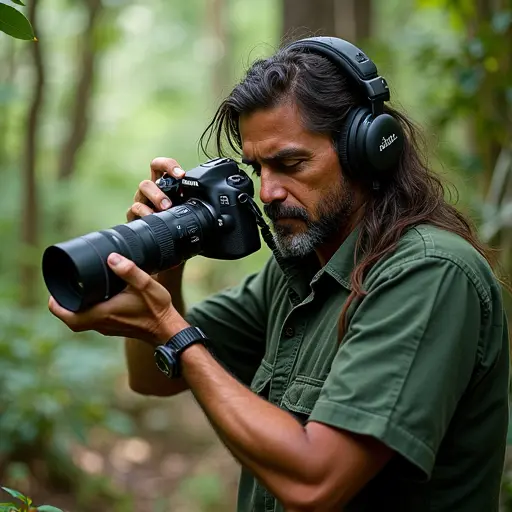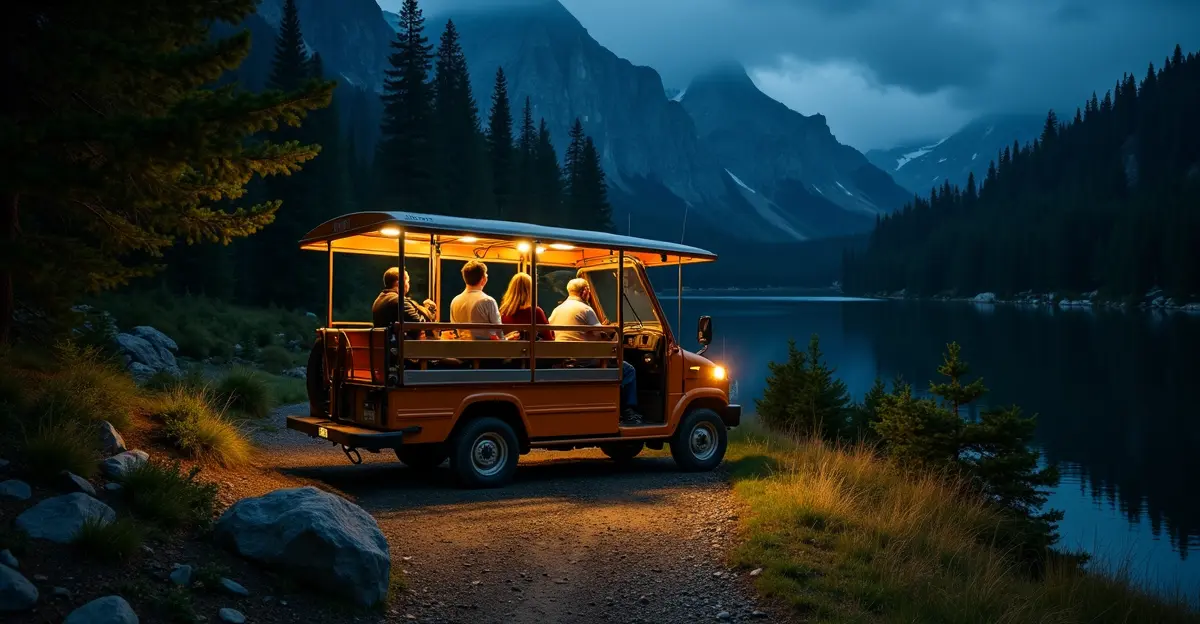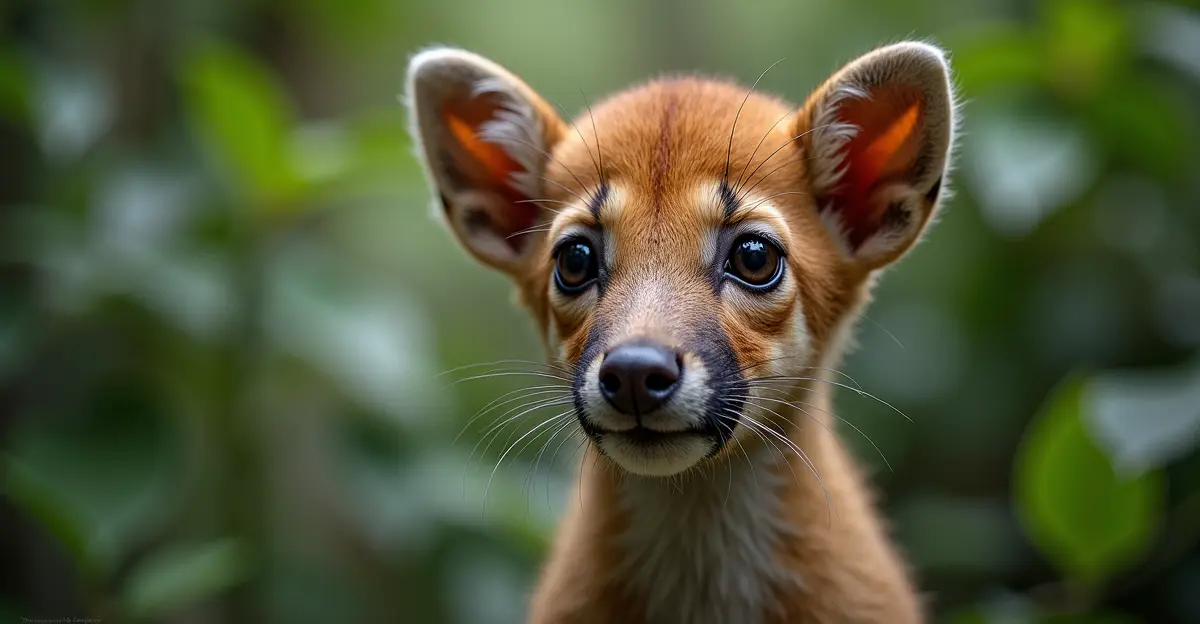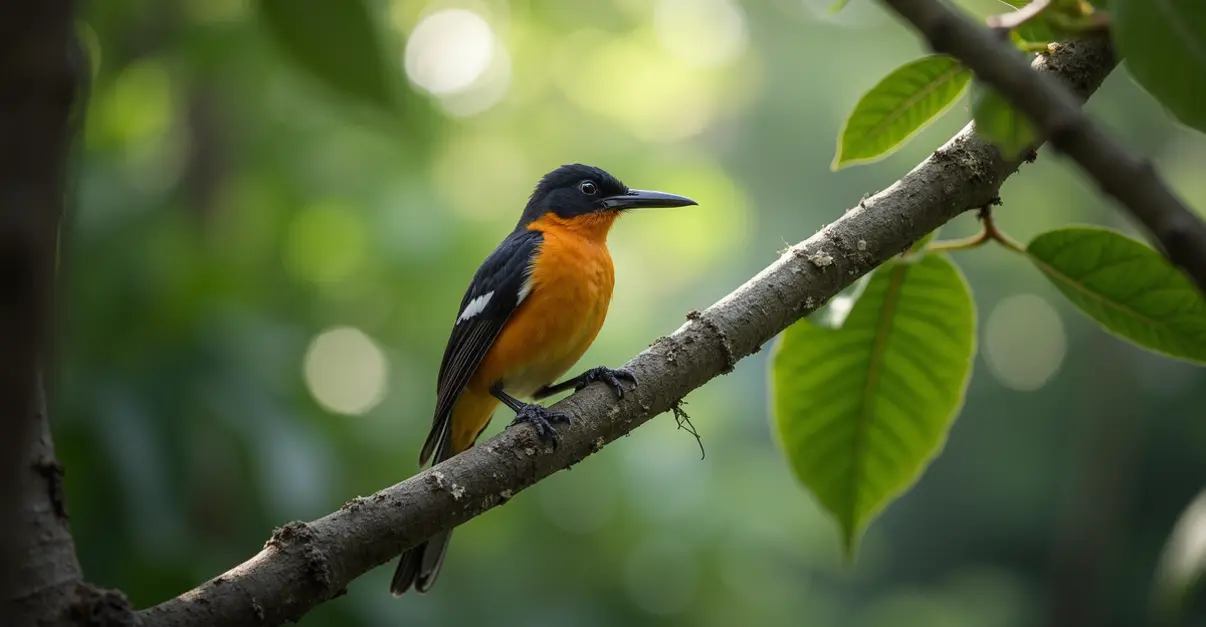Wildlife corridors connect fragmented habitats, enabling animal movement, preventing inbreeding, and supporting biodiversity conservation amid increasing urbanization threats.
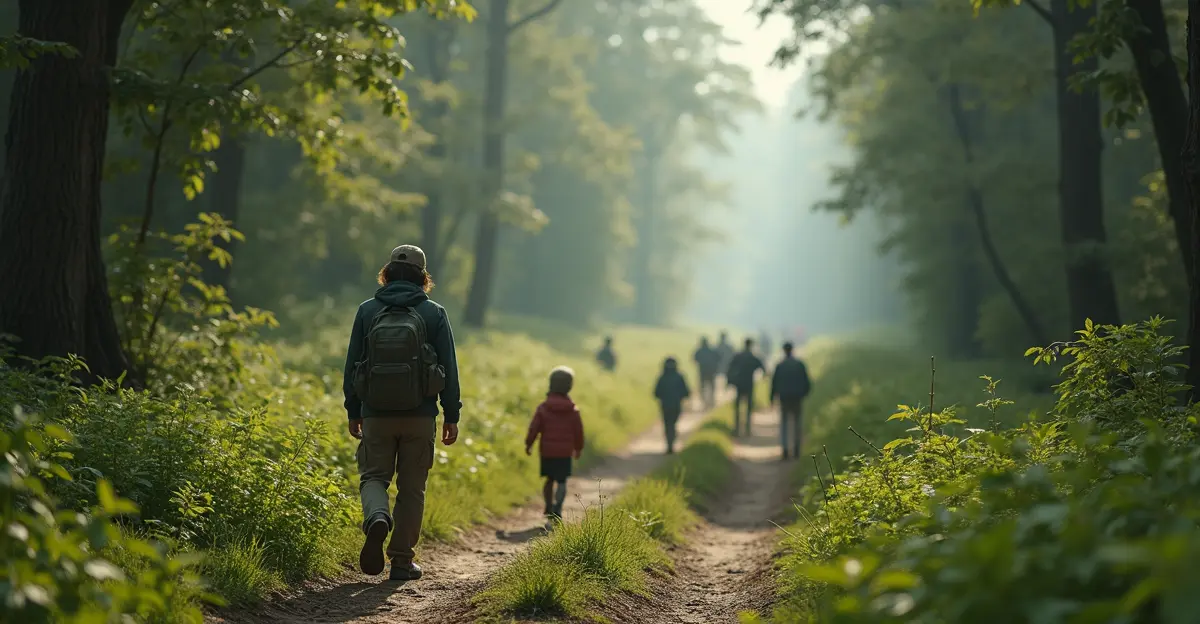
The Critical Role of Wildlife Corridors in Conservation
Wildlife corridors, also known as habitat corridors or green corridors, are designated areas that connect wildlife populations separated by human activities such as development, roads, or land clearing. These vital pathways enable animal movement between populations, helping prevent negative effects of inbreeding and reduced genetic diversity that often occur in isolated populations.
Why Corridors Matter
Habitat fragmentation from urbanization and human development poses an increasing threat to biodiversity worldwide. When land becomes fragmented, wildlife populations may become unstable or isolated from larger populations, leading to genetic bottlenecks and increased vulnerability to environmental changes.
Wildlife corridors support three key aspects that stabilize populations:
- Colonization: Animals can move and occupy new areas when resources become scarce
- Migration: Species can relocate seasonally more safely without human barriers
- Interbreeding: Animals find new mates in neighboring regions, increasing genetic diversity
Types of Wildlife Corridors
Corridors come in various forms, from wooded strips connecting forested areas to urban hedgerows and aquatic habitats known as riparian ribbons. The most visible examples include wildlife crossing bridges over highways, underpasses beneath roads, and restored natural pathways through developed areas.
"Corridors help reconnect fragmented populations and reduce negative population fluctuations by supporting key aspects that stabilize wildlife communities" - Conservation experts emphasize.
Global Conservation Efforts
Countries worldwide are implementing corridor projects to address habitat fragmentation. These initiatives range from large-scale continental wildlife pathways to local urban green spaces that allow animals to move safely through human-dominated landscapes.
The success of wildlife corridors depends on proper design and maintenance. Corridors must be large enough to support minimum critical populations, reduce migration barriers, and maximize connectivity between populations. They also need to consider the needs of different species, from large mammals to insects and birds.
Challenges and Solutions
Implementing wildlife corridors involves navigating complex land ownership issues, as corridors often cross federal, state, private, and tribal lands. Community support is crucial, as human-wildlife conflicts can arise when animals move through populated areas.
Despite these challenges, the benefits are clear: corridors help maintain biodiversity, support ecosystem health, and provide opportunities for species to adapt to climate change by moving to more suitable habitats.
As urbanization continues to expand, the importance of wildlife corridors in conservation planning becomes increasingly critical for preserving our natural heritage and maintaining healthy ecosystems for future generations.

 Nederlands
Nederlands
 English
English
 Français
Français
 Deutsch
Deutsch
 Español
Español
 Português
Português




